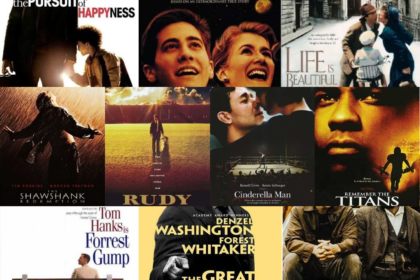If you are reading this article, you probably are looking for the best stock market and wall street movies. You made the right choice as …
Best Stock Market and Wall Street Movies


If you are reading this article, you probably are looking for the best stock market and wall street movies. You made the right choice as …

Car and speed enthusiasts enjoy movies with car chases, crashes, and good old-fashioned racing. Macho, masculine and powerful, the car is a symbol of masculinity. …

Catching up with your favorite show is a great way to unwind and have fun with friends and family. Everyone has a favorite TV show, …

What could be a movie hero without a nice car? The question, of course, is rhetorical. Today it’s hard to imagine a good blockbuster that …

“Quantum of Solace”, 2008 We begin our parade with the opening scene from the epic 007 “Quantum of Solace. Italy. On the road along Lake …

We guess all people like to watch movies. They help to entrain yourself and get rid of all the issues in your life while you …

The concept of racebending appeared in the last couple of years as a form of protest. It was the answer to the failure presented in …
Asians have had it particularly rough over the last few years, especially when it’s come to Marvel. Ben Kingsley’s Mandarin, an Asian villain in the comics, was really an actor named Trevor Slattery in “Iron Man 3,” and “Doctor Strange’s” The Ancient One changed nationality and gender with Tilda Swinton’s portrayal in the 2016 film and subsequent appearances in other Marvel movies.
Note: In fairness, in the comics, The Ancient One was criticized for being an older, wise Asian stereotype.
The surprise twist in “Iron Man 3,” though, where it was revealed Kingsley was not portraying Mandarin at all but a boozy performer playing the character, shortchanged fans who were expecting an honest portrayal of the comic book icon.
The studio had it both ways. They technically did not need to find an Asian performer for the part.